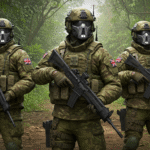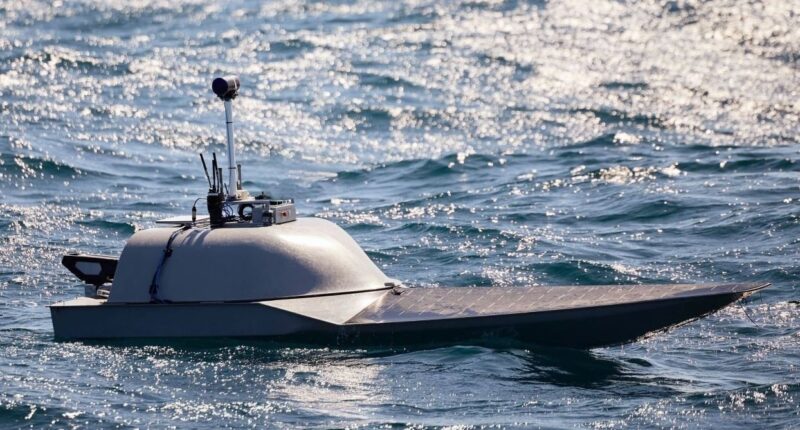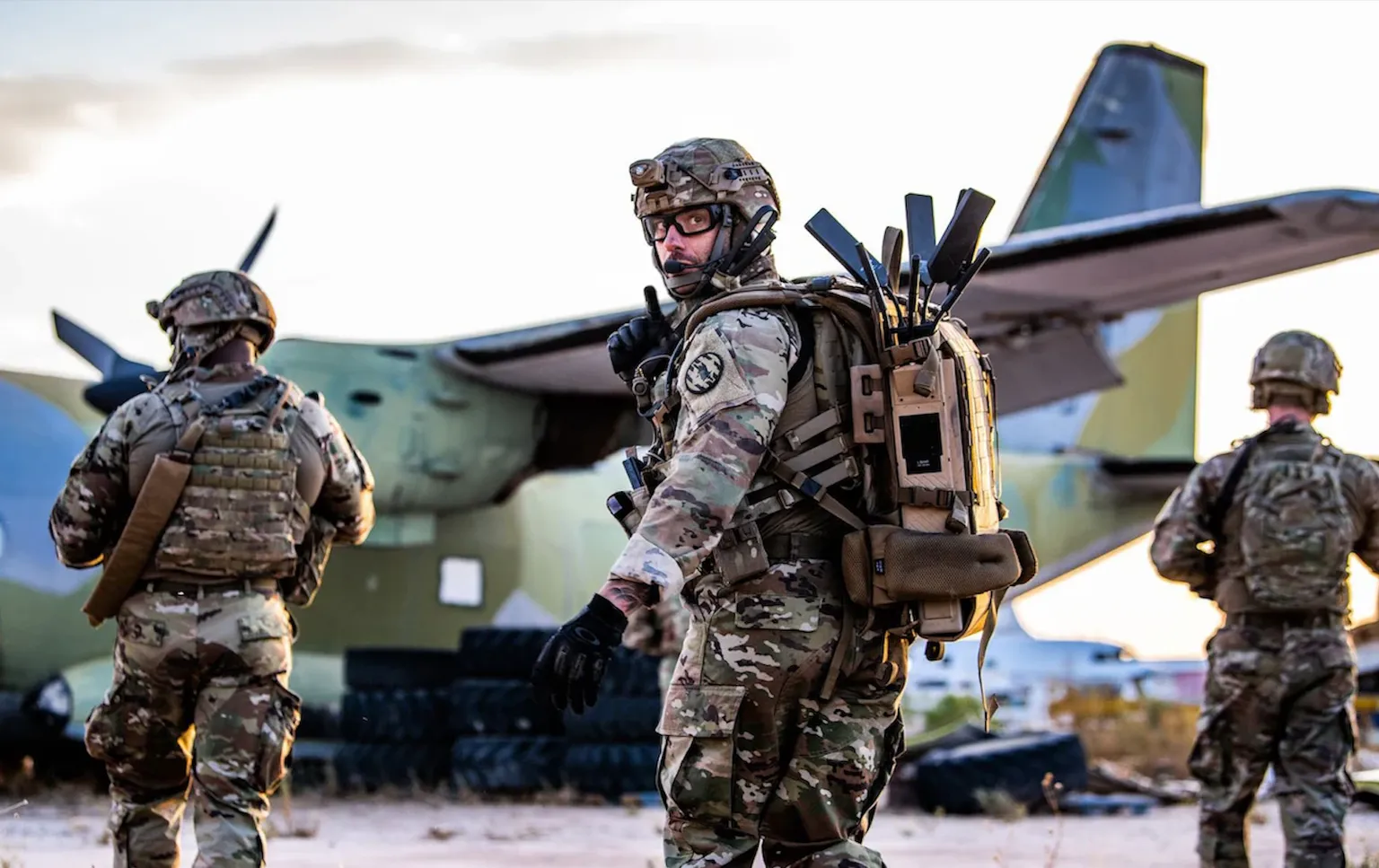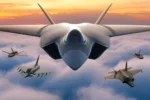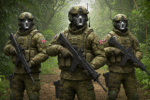The United Kingdom has unveiled a groundbreaking project that signals its return to the forefront of combat aviation: the Combat Air Flying Demonstrator.
This piloted supersonic jet, the first of its kind developed in the UK in 40 years, represents a bold step forward in aerospace technology and national defense. Industry giants BAE Systems, Rolls-Royce, and MBDA UK, in partnership with the Ministry of Defence (MOD), have revealed the aircraft’s design as it reaches a key milestone—two-thirds of its structural weight is now in manufacturing. The main structure, wings, and tail fins are taking shape at BAE Systems’ facilities in Lancashire, where pioneering robotic and digital manufacturing techniques are bringing this ambitious vision to life.
This aircraft is more than just a new jet; it’s a testbed for a wide range of advanced technologies, including stealth-compatible features that will define the next generation of combat aircraft. It forms a vital part of the Global Combat Air Programme (GCAP), a collaborative effort between the UK, Italy, and Japan aimed at delivering cutting-edge fighter jets for future conflicts. The demonstrator’s development is already in an advanced stage, with its sleek frame emerging from production lines that blend human expertise with state-of-the-art automation. This project is not only about building an aircraft but also about refining the processes and skills needed to keep the UK competitive in the global aerospace arena.
The collaboration between government and industry has been instrumental in driving this initiative forward. Tony Godbold, Future Combat Air Systems Delivery Director at BAE Systems, notes that the program is accelerating the development of new design approaches and manufacturing techniques. These advancements are sharpening the UK’s industrial capabilities and delivering benefits that extend far beyond the aircraft itself. The demonstrator is laying the technical foundations, workforce readiness, and digital maturity essential for producing the Tempest fighter jet—a sixth-generation aircraft that will be a cornerstone of the GCAP.
This is a rare and challenging endeavor, one that marks the UK’s first crewed combat demonstrator in four decades. At the core of the project is a suite of innovative technologies transforming how military aircraft are designed and built. Engineers at BAE Systems are employing 3D printing, cobotics (collaborative robotics), digital twins, model-based systems engineering, and virtual simulation to streamline production. These tools allow for faster, more precise manufacturing while reducing costs and maintaining the UK’s ability to design and engineer its own aircraft. For instance, digital twins—virtual replicas of the jet—enable engineers to test and tweak designs in real time, while 3D printing speeds up the creation of complex components.
Together, these methods are revolutionizing the aerospace industry and ensuring the UK remains self-reliant in this critical field. The aircraft’s development has also embraced simulated flight trials to refine its performance long before it takes to the skies. Test pilots from BAE Systems, Rolls-Royce, and the Royal Air Force (RAF) have logged over 300 hours in a custom-built simulator, conducting virtual flights to evaluate the jet’s flight control systems. These simulations allow them to assess how the aircraft will handle complex maneuvers and gather vital data on its capabilities, all years ahead of its first physical flight. This approach not only accelerates the timeline but also reduces risks by identifying potential issues early.
The result is a supersonic jet that promises to deliver exceptional performance, informed by rigorous testing in a virtual environment. Richard Berthon, Director of Future Combat Air at the UK Ministry of Defence, praises the teamwork behind this milestone: “Manufacturing of the aircraft continues at pace, which is testament to the ingenuity and collaboration of Government and industry teams.” He adds that the demonstrator is providing invaluable lessons for future combat air delivery and equipping the workforce with the skills needed to bring the GCAP to fruition. For the first time, the public can see what this cutting-edge aircraft will look like when it flies—an event anticipated within the next three years. The rapid progress made in such a short time is a remarkable achievement, reflecting the dedication of all involved.
Designing and developing a new combat aircraft like the Tempest is no small feat. It’s a complex, multi-year process that demands advanced engineering, the integration of the latest technologies, and extensive testing to meet strict regulatory and airworthiness standards. The UK has a proud history in this area, but it has been 40 years since it last led the early stages of creating a completely new combat jet. The Combat Air Flying Demonstrator bridges that gap, drawing on the nation’s heritage while embracing modern innovations. Its stealth features, in particular, are a key focus, ensuring the aircraft can evade detection in an era of increasingly sophisticated threats.
The demonstrator’s importance goes beyond its immediate goals. It’s a symbol of the UK’s ambition to remain a global leader in aerospace, fostering the expertise and infrastructure needed to sustain its defense industry. By investing in this project, the nation is preparing for the demands of future warfare while preserving its sovereign capabilities. The lessons learned here will directly shape the Tempest, a fighter jet designed to dominate the skies with unmatched technology and agility. As the aircraft nears its first flight, it stands as a testament to what’s possible when innovation, collaboration, and determination come together.
In the skies above Lancashire, the future of combat aviation is taking shape. The Combat Air Flying Demonstrator is not just a glimpse of what’s to come—it’s a bold statement of the UK’s intent to lead the way. With its advanced design, stealth capabilities, and revolutionary manufacturing techniques, this aircraft is poised to redefine aerial combat for a new generation.


